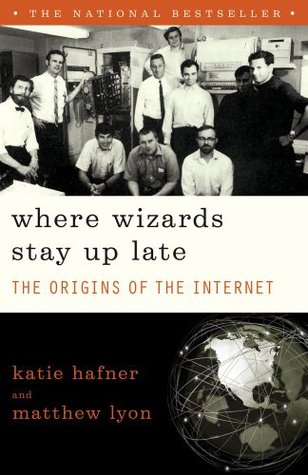What time-sharing could not do was eliminate the necessity of coordinating competing demands on the machine by different users. By its nature, time-sharing encouraged users to work as if they had the entire machine at their command, when in fact they had only a fraction of the total computing power. Distribution of costs among a number of users meant that the more users the better. Of course, too many users bogged down the machine, since a high percentage of the machine’s resources were allocated to coordinating the commands of multiple users.
Welcome back. Just a moment while we sign you in to your Goodreads account.


